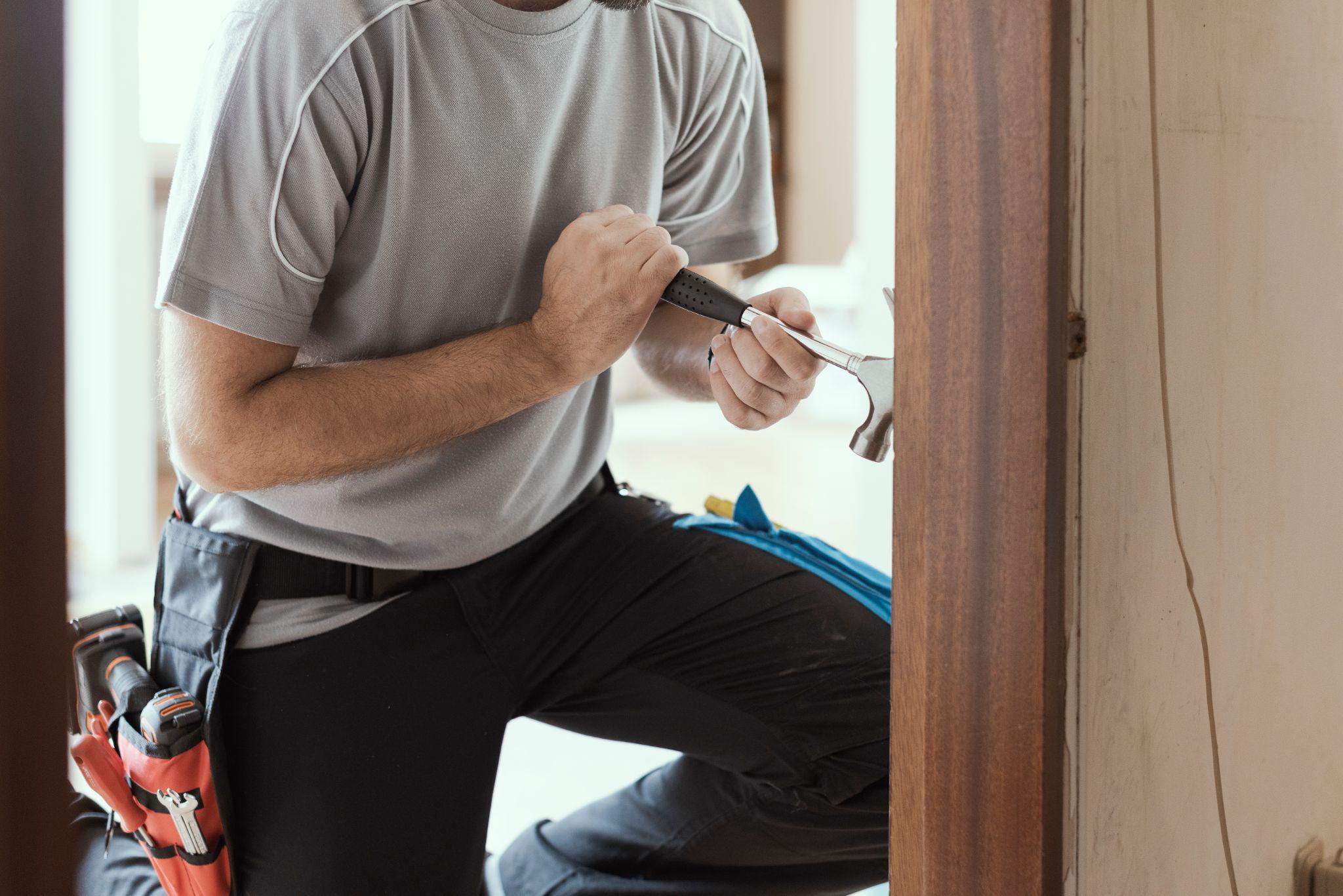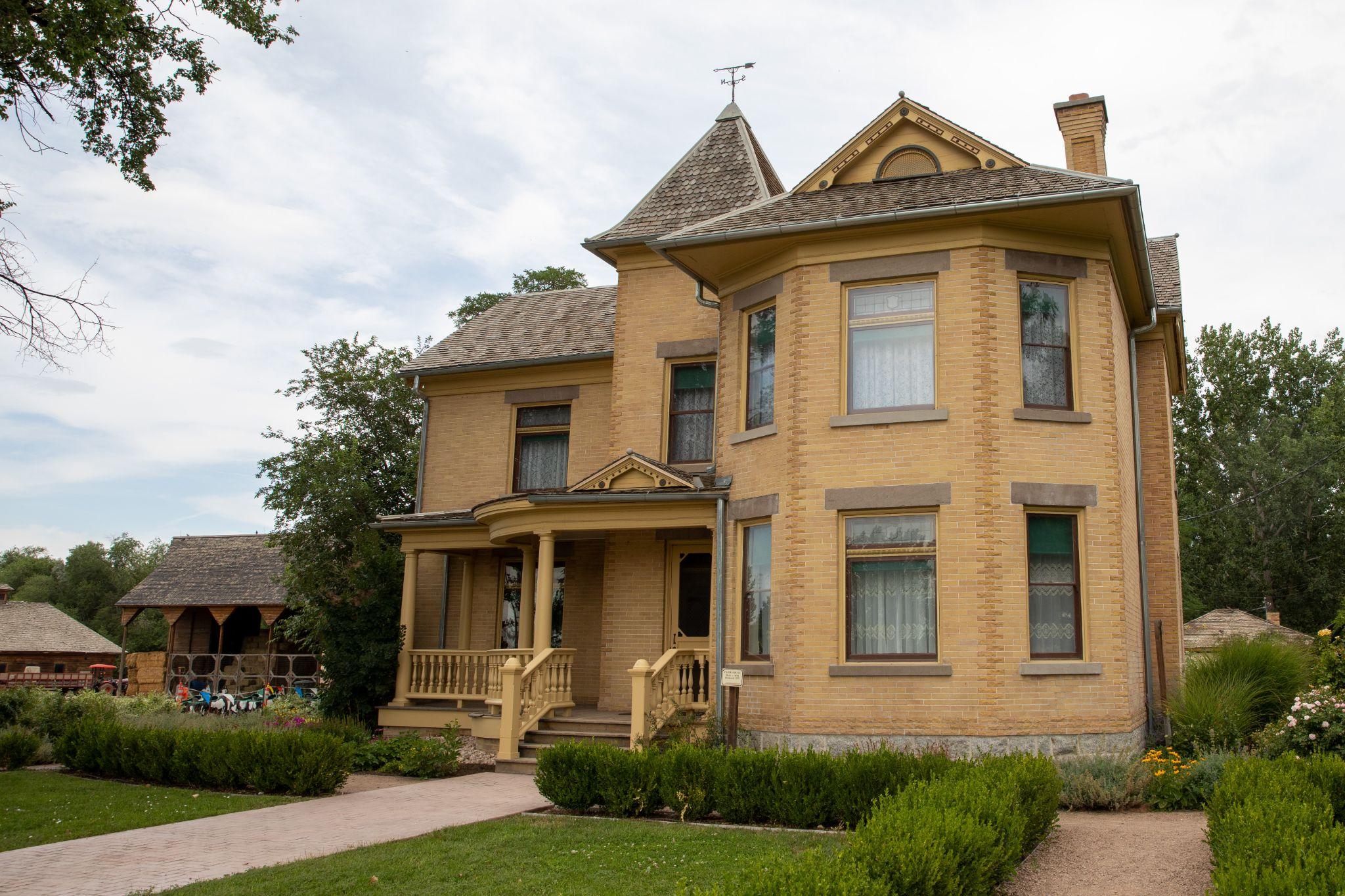Owning a piece of history is a privilege, but selling a historic home takes a thoughtful approach. These properties carry more than charm—they hold architectural and cultural significance that can affect how they’re marketed, priced, and maintained. Whether you’re listing your home yourself or exploring how to sell a historic home fast, understanding its unique value and potential restrictions will help you get the best outcome.
What Is a Historical House?
A home is considered “historical” when it meets one or more of the following criteria:
- It is at least 50 years old
- It’s associated with a significant historical event or person
- It showcases a distinctive architectural style or craftsmanship from a specific period
- It contributes to the historical identity of a district or neighborhood
- It’s officially listed on the National Register of Historic Places or protected by a local preservation district
Knowing whether your property has an official designation is key before selling historic homes, as it determines what updates, renovations, and rules may apply.
1. Research Your Home’s History and Significance
Buyers drawn to historic homes for sale often want to know the story behind them. Gather documentation, photos, and records that highlight the property’s background, architectural style, and notable residents. Local archives, libraries, and historical societies are great sources. Sharing these details helps create a strong emotional connection with buyers.
2. Emphasize What Makes Your Home Unique
Showcase the craftsmanship, materials, and one-of-a-kind features that distinguish your property from modern builds. Highlight elements such as original floors, restored woodwork, stained glass, or ornate trim. These features tell a story and remind buyers why historic homes are so special.
3. Balance Historical Character With Modern Comfort
When staging your home, combine timeless charm with modern functionality. For example, highlight energy-efficient systems, upgraded insulation, or smart home features that make living in an older property convenient without taking away from its authenticity.
4. Focus on Historically Appropriate Repairs
Before making updates, check with your local preservation office. Many historic commissions restrict changes that could alter the property’s original character. However, you can usually:
- Replace roofing or upgrade electrical systems
- Add insulation to improve energy efficiency
- Restore finishes to match the home’s period
- Install windows that replicate original designs
These updates make your home safer and more marketable while keeping its historical appeal intact.

5. Understand Easements and Preservation Rules
A preservation easement is a voluntary legal agreement that protects certain features of your property. While not required in every area, an easement can help maintain your home’s character long after it’s sold and appeal to buyers who value preservation. Check with your state or local historical commission to see if one is appropriate.
6. Market Your Home Creatively
Professional photography is essential for selling historic homes. Capture the details that make your property stand out—vintage fixtures, decorative moldings, or period-accurate renovations. Consider offering a virtual tour or short video that tells the home’s story.
Expand your reach by listing your property not only on mainstream platforms but also on historic-home websites such as HistoricProperties.com and Circa Old Houses. Share it across social media to connect with buyers who specifically search for historic homes for sale.
7. Be Transparent About Restrictions or Needed Repairs
If your property has any preservation rules or repair requirements, include them in your listing. Being upfront prevents surprises and helps filter for buyers who appreciate the commitment of owning a historic property.
9. Explore Tax Credits or Incentives
Many states and municipalities offer tax incentives, grants, or loans for restoring or maintaining historic homes. Including this information in your listing can make your property even more attractive. A local preservation office can guide you through available programs.
Common Mistakes to Avoid When Selling a Historic Home
Avoiding these missteps can save time and protect your home’s value:
- Not checking local preservation or zoning rules
- Forgetting to verify permits for past renovations
- Overestimating buyer interest in restoration projects
- Ignoring needed maintenance or repairs before listing
- Leaving out key details about utility updates or efficiency
- Misplacing original documentation or historical records
- Marketing only on general listing sites
- Setting a price based solely on non-historic comps
Frequently Asked Questions
Are historic homes hard to sell?
Not necessarily. While historic homes can take longer to sell due to preservation rules or niche appeal, the right marketing and pricing strategy can attract dedicated buyers who value authenticity.
Is a 100-year-old house considered historic?
A home that’s 100 years old often qualifies as historic, but official designation depends on local and national criteria. Many areas require a home to be at least 50 years old and possess architectural or cultural significance.
Can I remodel a historic home?
Yes, but remodeling must follow preservation guidelines. Most commissions allow updates that maintain the home’s original character, such as improving energy efficiency or restoring period details.
Consider Selling to a Cash Investor
If you need to sell quickly or prefer to skip costly repairs, consider a direct cash sale. A cash investor can simplify the process and help you close in as little as ten days. Even when selling older or historic homes, you can include easement terms to ensure the property’s character remains protected.
At 800CashToday, we buy homes as-is—including historical properties—and make the process fast, fair, and reliable. You’ll avoid showings, commissions, and repair costs while receiving a strong all-cash offer. Submit your property details today to see how easy selling a historic home can be.



